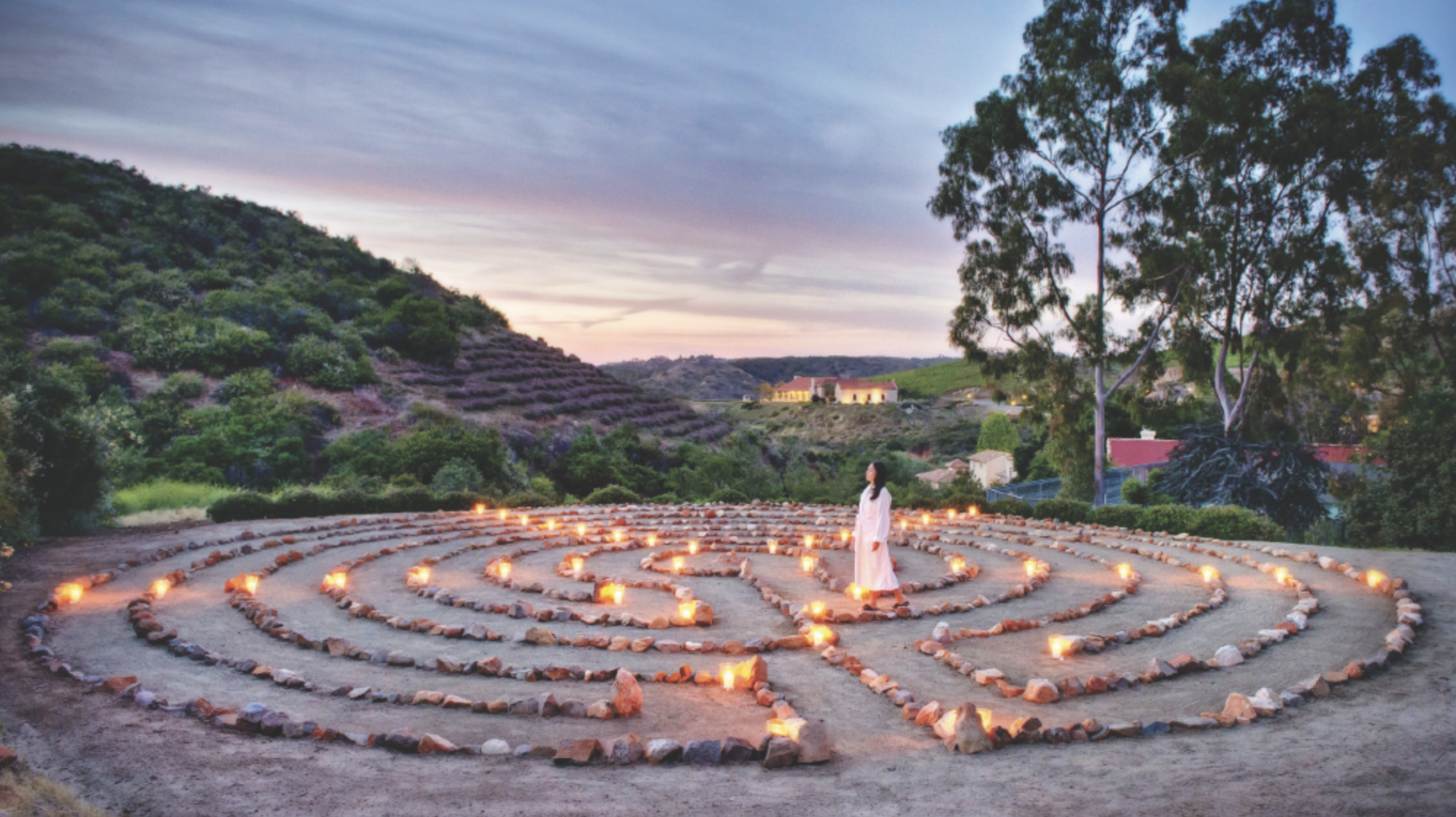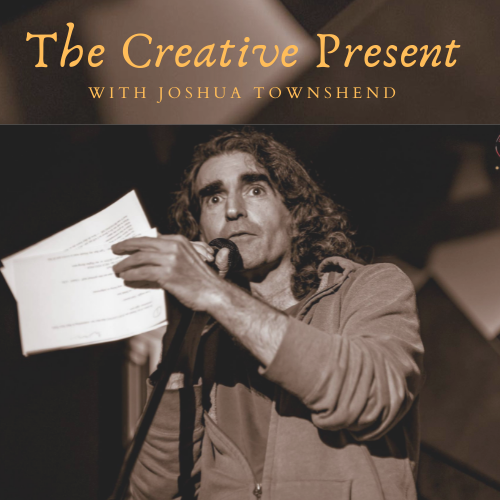Introduction: Seeking Surprises
As creatives, our constant quest is to discover the new and the unexpected. Whether we’re writers, actors, filmmakers, or any kind of storyteller, our work thrives on surprises—both for ourselves and for our audience. We don’t want to create the same old thing; we want to unearth something fresh, something that feels like an adventure happening in real-time.
But discovery isn’t always about grand revelations. Sometimes, it’s hidden in the most mundane aspects of our everyday lives. These small, seemingly insignificant moments can be where the deepest and most authentic parts of our narratives are found.
The Audience’s Journey
When we create, we invite the audience to journey with us. We want them to feel like they’re right there with us, experiencing the highs and lows, the twists and turns. It’s that shared experience that draws them in and makes them care about our work.
So how do we achieve this? How do we make our creations feel alive and authentic? One of the most powerful ways is by allowing the unconscious mind to surface through ordinary, everyday events.
The Power of the Mundane: The Unconscious Revealed
The unconscious mind is a treasure trove of emotions, thoughts, and memories that often reveal themselves in unexpected ways—especially during mundane, everyday moments. It’s not in the big, dramatic scenes that these revelations typically occur, but in the quiet, ordinary experiences that we all go through.
For example, a few years ago, I had a conversation that changed everything for me. I was talking about family with someone, and they asked, “What’s up with your mom?” At that moment, I hesitated because my mom had passed away a couple of years before. I was caught between saying, “She is…” and “She was…” That hesitation, that small pause, brought a flood of emotion to the surface. It was a powerful moment where my inner life was unexpectedly revealed.
This is the kind of moment we should aim to create in our work. It’s in these small, everyday interactions that the unconscious mind can rise to the surface, creating a moment that deeply resonates with the audience.
Inner Life in Narrative: A Classic Example
This concept isn’t just a personal experience; it’s a technique used in some of the most powerful narratives. Take Citizen Kane for example. The film’s entire story revolves around the last word spoken by the protagonist: “Rosebud.” On the surface, it’s just a word, but it carries a deep, personal significance. The quest to understand this word drives the entire narrative and reveals the character’s inner life.
When we as creators place our characters in situations where their unconscious mind can surface, we create richer, more engaging stories. The audience is drawn in, wanting to understand the deeper layers of the narrative.
Practical Techniques for Creators
So, how can you bring this concept into your own work? How can you use mundane events to reveal the inner lives of your characters and create moments of discovery that resonate with your audience?
1. Notice the Mundane
Start by paying attention to the everyday moments in your life. These are the moments that often go unnoticed but can reveal deep truths about your characters. Whether it’s a conversation with a stranger, a routine task, or a quiet moment alone, these moments can unlock the inner life of your characters.
2. Layer in Subtext
When writing or performing a scene, think about what’s happening beneath the surface. What is your character really feeling or thinking? The subtext—the unspoken thoughts and emotions—adds depth and complexity to your story.
3. Trust Your Unconscious Mind
Let your unconscious mind guide you. Some of the most powerful moments in a story come from a place that you’re not fully aware of. Trust your instincts and allow yourself to be surprised by what comes up.
4. Use Everyday Objects and Actions as Symbols
Objects and actions that seem mundane can take on deeper meaning when used intentionally. For example, a character’s habitual action, like stirring a cup of coffee or adjusting their glasses, can become a window into their inner world.
5. Explore Moments of Transition
Transitions—whether they’re physical (like getting into a cab) or emotional (like the end of a conversation)—are rich with potential for discovery. These are moments when characters are often at their most vulnerable, allowing their true selves to emerge.
Examples in Literature and Film
Let’s look at a few examples where mundane events reveal deeper truths and lead to powerful moments of discovery.
Example 1: The Catcher in the Rye by J.D. Salinger
In The Catcher in the Rye, Holden Caulfield’s inner life is revealed through mundane interactions, like his conversations with strangers. His fixation on trivial things, like the ducks in Central Park, actually reflects his deeper fears and uncertainties.
Example 2: Lost in Translation by Sofia Coppola
In Lost in Translation, the relationship between Bob and Charlotte develops through quiet, mundane moments. These moments are rich with subtext, revealing their inner struggles and desires without the need for dramatic dialogue.
Example 3: The Sopranos (Television Series)
The Sopranos is a masterclass in using mundane events to reveal deeper character truths. Everyday situations, like Tony Soprano’s therapy sessions, peel back the layers of his psyche, revealing his vulnerabilities and internal conflicts.
Bringing Discovery into Your Creative Process
So how can you make discovery a central part of your creative process?
1. Cultivate Curiosity
As a creative, your curiosity is your greatest asset. Be open to new experiences and perspectives. Curiosity drives discovery and keeps your work fresh.
2. Embrace Vulnerability
Allowing the unconscious to surface requires vulnerability. Let go of control and allow yourself to be surprised by what emerges. This discomfort is where the most powerful moments in your work will come from.
3. Stay Present
Discovery happens in the present moment. Practice staying present in your work, and you’ll find that new ideas and insights come to you naturally.
4. Play with Perspective
Try looking at your work from a different angle. Experiment with different ways of seeing the world, and you’ll discover hidden layers in your work that you hadn’t noticed before.
5. Trust the Process
Trust that the discoveries will come when they’re meant to. Be patient with yourself as you explore new ideas and approaches.
Conclusion: The Joy of Discovery
Discovery is what makes the creative process so rewarding. It’s what keeps us coming back, eager to see what will emerge next. By embracing the mundane, allowing the unconscious to surface, and staying open to new experiences, we can create work that is authentic and deeply resonant.
As you go about your creative day, keep an eye out for those moments of discovery. Explore them, and let them guide you to new heights in your creative journey.
Here’s to the joy of discovery, and to the beautiful, unexpected moments that make our work come alive.






